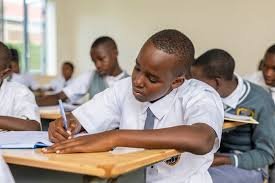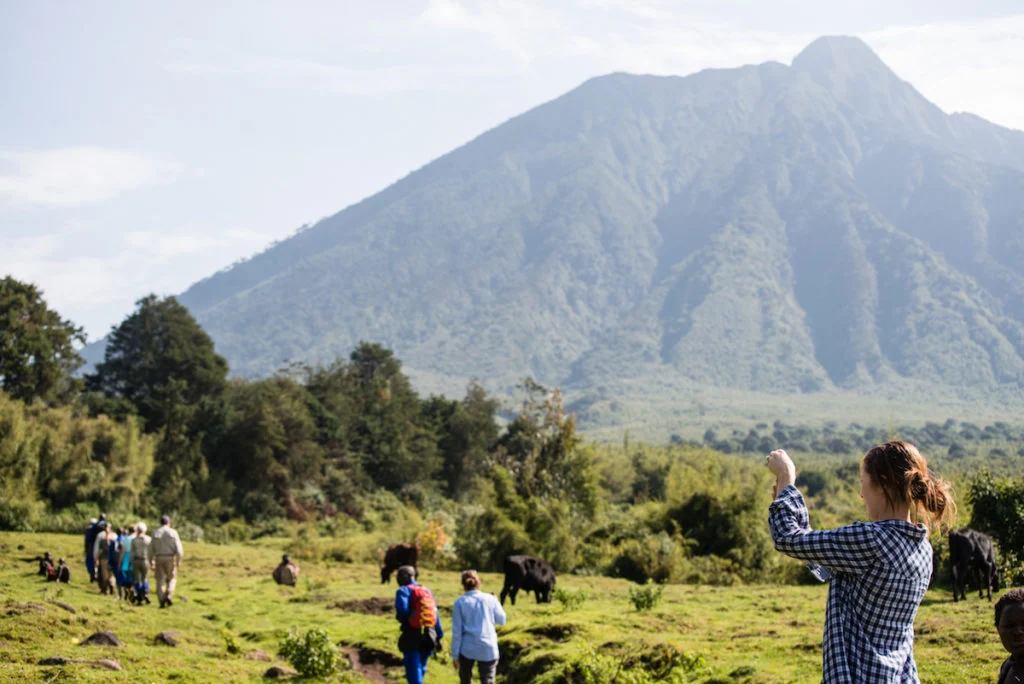
Rwanda’s education system has undergone a remarkable transformation over the past few decades. From rebuilding its educational infrastructure after the 1994 Genocide against the Tutsi to adopting technology-driven learning strategies today, Rwanda has made significant strides. This blog explores the structure, progress, challenges, and innovations shaping education in Rwanda today, offering readers a closer look at what it’s really like inside modern classrooms across the country.
1. Historical Context: From Tragedy to Transformation
The Rwandan education system was deeply disrupted in 1994, during and after the genocide. Schools were destroyed, educators were lost, and the country was left with a fragmented education infrastructure. Since then, Rwanda has prioritized rebuilding and modernizing its education system as part of its broader national development agenda.
In 2003, Rwanda introduced a new constitution that emphasized the right to education. By 2010, the government rolled out its Nine-Year Basic Education (9YBE) and later the Twelve-Year Basic Education (12YBE) programs, ensuring that every child could access free education from primary to lower secondary and eventually through upper secondary school.
2. Structure of the Rwandan Education System
The education system in Rwanda is divided into the following stages:
- Pre-primary (Nursery): 3 years
- Primary: 6 years
- Lower Secondary (Ordinary Level): 3 years
- Upper Secondary (Advanced Level): 3 years
- Tertiary/Higher Education: Includes universities, polytechnics, and vocational institutions
Language of instruction has shifted over time. While Kinyarwanda is used at the lower primary level, English is now the primary medium of instruction from Primary 4 onwards, replacing French in a policy shift aimed at aligning Rwanda more closely with East African and global markets.
3. Classroom Infrastructure and Resources
In urban areas, classrooms have benefited from government and donor-funded projects that provide desks, blackboards, textbooks, and increasingly, digital devices. However, rural schools often still face overcrowding, a shortage of learning materials, and limited access to electricity.
To combat these disparities, the government has initiated programs like the “One Laptop per Child” initiative and Solar Powered Classrooms to support rural learners. Schools are also being constructed and refurbished under Vision 2050 to meet increasing student numbers.
4. Teachers and Training
Rwanda’s teaching workforce is central to its educational progress. Teachers are trained through institutions like the University of Rwanda-College of Education and Teacher Training Colleges (TTCs). Continuous Professional Development (CPD) is promoted to improve pedagogical skills, especially in learner-centered teaching methods.
Despite these efforts, the teacher-to-student ratio remains high, particularly in public schools. Many teachers manage large classes, sometimes with over 60 students. Recruitment and retention challenges persist, especially in remote areas.
5. Curriculum Reforms and Competency-Based Learning
One of Rwanda’s most ambitious reforms has been the introduction of a Competency-Based Curriculum (CBC) in 2015. This modern curriculum moves away from rote learning and emphasizes skills such as critical thinking, creativity, collaboration, and communication.
Students now engage in project-based learning, discussions, and group work rather than memorizing facts for exams. Teachers guide rather than lecture, and assessments are increasingly focused on both formative and summative approaches.
The CBC aligns with Rwanda’s goal of preparing students for the 21st-century workforce, especially in areas like ICT, entrepreneurship, and sustainable development.
6. Technology in the Classroom
Rwanda is striving to become a knowledge-based economy, and technology in education plays a crucial role in that vision. With initiatives like Smart Classrooms, teachers and students are accessing digital content via tablets, laptops, and interactive whiteboards.
The Rwanda Education Board (REB) collaborates with international partners like UNICEF, GIZ, and Mastercard Foundation to improve digital literacy and expand e-learning platforms such as eLearning Rwanda and REB’s e-library.
While urban schools benefit more from tech-based learning, rural areas are catching up slowly due to efforts to expand internet coverage and solar power.
7. Inclusive and Special Needs Education
Inclusive education is a key component of Rwanda’s education policy. The government has developed strategies to support learners with disabilities, including braille textbooks, sign language training for teachers, and specialized resource centers.
However, the implementation remains uneven due to lack of trained personnel, equipment, and general awareness. NGOs like Humanity & Inclusion and Save the Children have played a significant role in supporting inclusive education programs.
8. Gender Equality in Education
Gender parity has improved significantly in Rwanda’s schools. Girls now outnumber boys in some education levels, thanks to targeted campaigns and policies like the Girls’ Education Policy and mentorship programs.
Challenges persist in retention, especially at secondary and tertiary levels, where early pregnancies, cultural norms, and poverty can hinder girls’ education. Efforts are ongoing to provide sanitary facilities, mentorship, and scholarships to keep girls in school.
9. Vocational and Technical Education (TVET)
Rwanda has placed increasing emphasis on Technical and Vocational Education and Training (TVET) to equip students with hands-on skills for employment. The Workforce Development Authority (WDA) oversees these programs, offering training in fields like carpentry, welding, hospitality, and IT.
TVET schools are expanding across the country, and partnerships with private industries help align training with market demands. This shift reflects Rwanda’s goal to reduce unemployment and boost entrepreneurship among youth.
10. University Education and Research
Higher education in Rwanda is growing rapidly. Institutions like the University of Rwanda, Kigali Independent University, and Carnegie Mellon University Africa offer programs that cater to both local and international students.
Rwanda is investing in research and innovation hubs, with the Kigali Innovation City serving as a future center of excellence. Scholarships and loan schemes through the Higher Education Council (HEC) help students access university education.
11. Challenges Facing the Education Sector
Despite remarkable progress, several challenges remain:
- Inadequate infrastructure in rural schools
- High student-to-teacher ratios
- Limited access to digital tools and electricity
- Gaps in teacher training and motivation
- Disparities in education quality between urban and rural areas
- Need for improved data systems and monitoring
The government, along with international partners, continues to address these challenges through policy reforms, investments, and innovative pilot projects.
12. Future Outlook: Vision 2050 and the Role of Education
Under Rwanda’s Vision 2050, education is seen as a key driver of development. The focus is on improving the quality of education, expanding access, integrating ICT, and ensuring that no child is left behind.
Modern classrooms in Rwanda are not just about technology or buildings; they reflect a broader national ambition to build a smart, equitable, and empowered society. The future of education in Rwanda is one of hope, innovation, and inclusion.
Whether you visit a bustling city school in Kigali or a small classroom in rural Nyamasheke, you’ll witness the same spirit of determination and progress. Rwanda is teaching more than just lessons — it’s nurturing a new generation of thinkers, leaders, and changemakers.



















